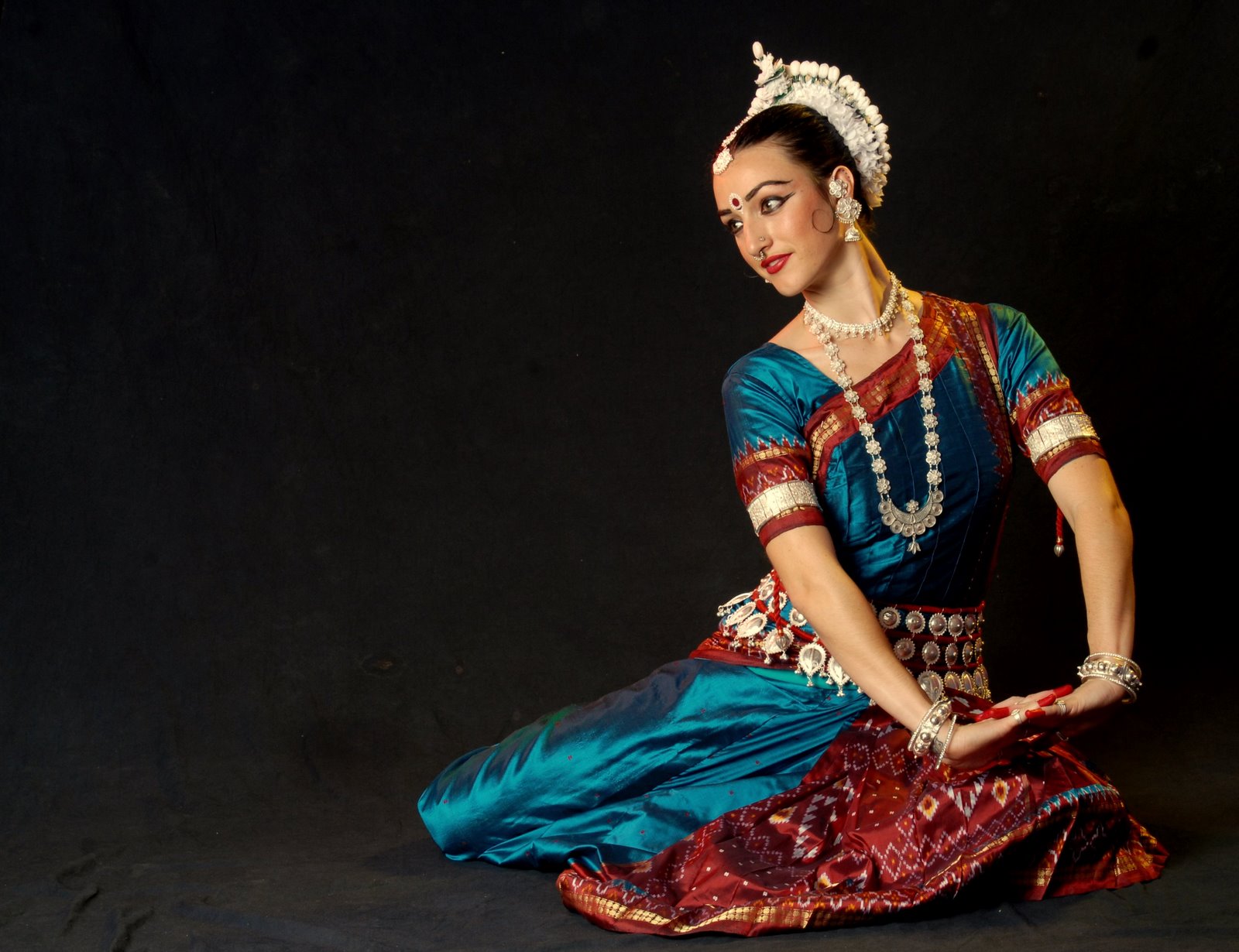Even on the streets, women wear traditional woven outfits
It has been my erroneous presumption that the average Indian woman knows very little about saris. How else does one explain the mosquito nets that they wear in the name of designer saris, instead of patronising weavers who have been creating masterpieces for us over centuries and kept the art forms alive? But I was not only surprised, but also humbled by a recent experience on a social networking site.
It so happened I strayed into a page called Magic of Saris which had decided to dedicate this month for Orissa saris, keeping in view the Jagannath Rath Yatra that happens to be tomorrow. It turned out to be a page as vibrant as the saris themselves! Women happily posed with their pictures in their favourite Orissa saris, having conversations about their origin in terms of which place in Orissa, its history in terms of when they acquired it, who did it belong to earlier if it was an heirloom, correcting each other and updating each other about the particular style, design, material, details of the type of ikat weaving as ikat is the most favoured form of weaving in the state.
Not to be outdone, I too posted some of the masterpieces I happened to be wearing and had readily available pictures of! Within minutes, I was inundated with likes and intelligent questions that were so heartening to hear for they spoke about a commitment and conviction in handlooms and great pride in their heritage. Unlike many others, I don’t find it regressive to sport saris and that too handlooms, on an everyday basis, but to see young women express such thoughts were so heartening!
My mind went back to some of my trips to Orissa and the one thing that always lingers was the pride with which the women sport traditional saris. In no other state does one see people even on the streets wear traditional woven saris except parts of Bengal. I have wonderful memories of the Puri temple, with so many barefoot women wearing exquisite saris holding puja thalis in their hands and going to the temporary abode of the deities where they are more accessible as they step out every year from the sanctum sanctorum of the Puri temple.
This was published in Asian Age and to read full article click the below link
Full Blog Featured in Asian Age

